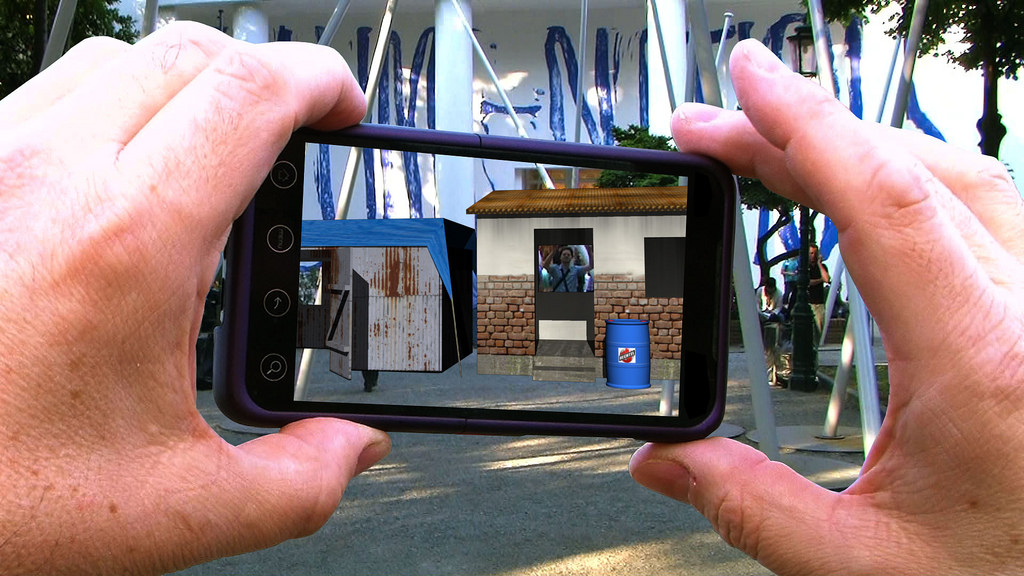Until recently, the construction industry had been reluctant to embrace technology. However, it is now utilising modern technology to improve the sector’s productivity and performance. We are therefore reviewing how technology is changing construction.
Building Information Modelling
Building Information Modelling (BIM) has changed the construction industry, as it has replaced traditional blueprints with interactive 3D models. What’s more, it can bring all the building’s important information into one creative space. Clients and contractors can, therefore, collaborate to meet their objectives efficiently.
The only way is up with BIM, as it is expected to embrace 5D modelling, which may soon incorporate estimating, time management, rates, costing and quantities, so it is expected to become an invaluable resource for construction in the future.
True-View Welding Mask Technology
True-View technology is transforming welding helmets for the better, as state of the art optical lens technology has been integrated into the latest welding masks. The huge benefit is that the operator can view through the welding filter lens in it’s light state, with much more colour, clarity and contrast than ever before. It is, therefore, improving the daily life of a professional or apprentice welder, as they can successfully weld in a confined space or dark corner, without having to lift to continually lift their head top. Great for those intricate fabrications too, as a welder can easily inspect work on a continual basis.
Drones
Many construction companies are utilising drones to replace traditional land surveying methods. The technological devices can potentially reduce the time and labour required to provide an accurate land survey, as they can successfully capture information at a rapid rate and can, therefore, eliminate human error.
If that wasn’t enough, they can improve health and safety on site, as it is easy to identify and remove any potential hazards or dangers that could pose a risk to construction workers. Also, drones can heighten a site’s security, as they can monitor for theft or vandalism, while providing security protection for all employees. Large tech corporations have already realised the many benefits drones can bring to construction, which is why companies such as Intel intend to develop industrial drones to aid the sector.
Augmented Reality
There is more to augmented reality than stepping into virtual haunted houses or enjoying a rollercoaster ride on the comfort of your sofa. It is now allowing construction companies to use both data and images by placing them within a digitised space, which can help to identify any potential issues or hazards. As a result, it might be possible to identify any delays to a schedule so that a company can take the appropriate preventative measures for their predicted problems.
Augmented reality also allows architects and planners to work in unison with contractors and clients, so they can collaborate on projects and make alterations before execution. The technology can, therefore, help contractors and clients to save money, as they can reduce the chance of a development from falling behind on schedule.
The construction industry has yet to realise the many benefits technology can bring to the sector. However, recent developments are quickly pushing construction into the 21st century. While the industry has yet to be completely transformed by various technological and digital tools, it seems the sector is finally starting to embrace tech once and for all, which can only lead to streamlined developments in the future that will not just transform construction workers’ performance, but building and transport projects, too.



 SpaceX Insider Share Sale Values Company Near $800 Billion Amid IPO Speculation
SpaceX Insider Share Sale Values Company Near $800 Billion Amid IPO Speculation  Rio Tinto Signs Interim Agreement With Yinhawangka Aboriginal Group Over Pilbara Mining Operations
Rio Tinto Signs Interim Agreement With Yinhawangka Aboriginal Group Over Pilbara Mining Operations  Apple App Store Injunction Largely Upheld as Appeals Court Rules on Epic Games Case
Apple App Store Injunction Largely Upheld as Appeals Court Rules on Epic Games Case  United Airlines Tokyo-Bound Flight Returns to Dulles After Engine Failure
United Airlines Tokyo-Bound Flight Returns to Dulles After Engine Failure  Air Force One Delivery Delayed to 2028 as Boeing Faces Rising Costs
Air Force One Delivery Delayed to 2028 as Boeing Faces Rising Costs  Moore Threads Stock Slides After Risk Warning Despite 600% Surge Since IPO
Moore Threads Stock Slides After Risk Warning Despite 600% Surge Since IPO  Trello Outage Disrupts Users as Access Issues Hit Atlassian’s Work Management Platform
Trello Outage Disrupts Users as Access Issues Hit Atlassian’s Work Management Platform  SpaceX Begins IPO Preparations as Wall Street Banks Line Up for Advisory Roles
SpaceX Begins IPO Preparations as Wall Street Banks Line Up for Advisory Roles  Coca-Cola’s Proposed Sale of Costa Coffee Faces Uncertainty Amid Price Dispute
Coca-Cola’s Proposed Sale of Costa Coffee Faces Uncertainty Amid Price Dispute  Woolworths Faces Fresh Class Action Over Alleged Underpayments, Shares Slide
Woolworths Faces Fresh Class Action Over Alleged Underpayments, Shares Slide  Nvidia Weighs Expanding H200 AI Chip Production as China Demand Surges
Nvidia Weighs Expanding H200 AI Chip Production as China Demand Surges  Azul Airlines Wins Court Approval for $2 Billion Debt Restructuring and New Capital Raise
Azul Airlines Wins Court Approval for $2 Billion Debt Restructuring and New Capital Raise  Mizuho Raises Broadcom Price Target to $450 on Surging AI Chip Demand
Mizuho Raises Broadcom Price Target to $450 on Surging AI Chip Demand  Strategy Retains Nasdaq 100 Spot Amid Growing Scrutiny of Bitcoin Treasury Model
Strategy Retains Nasdaq 100 Spot Amid Growing Scrutiny of Bitcoin Treasury Model  Korea Zinc Plans $6.78 Billion U.S. Smelter Investment With Government Partnership
Korea Zinc Plans $6.78 Billion U.S. Smelter Investment With Government Partnership  California Jury Awards $40 Million in Johnson & Johnson Talc Cancer Lawsuit
California Jury Awards $40 Million in Johnson & Johnson Talc Cancer Lawsuit 































